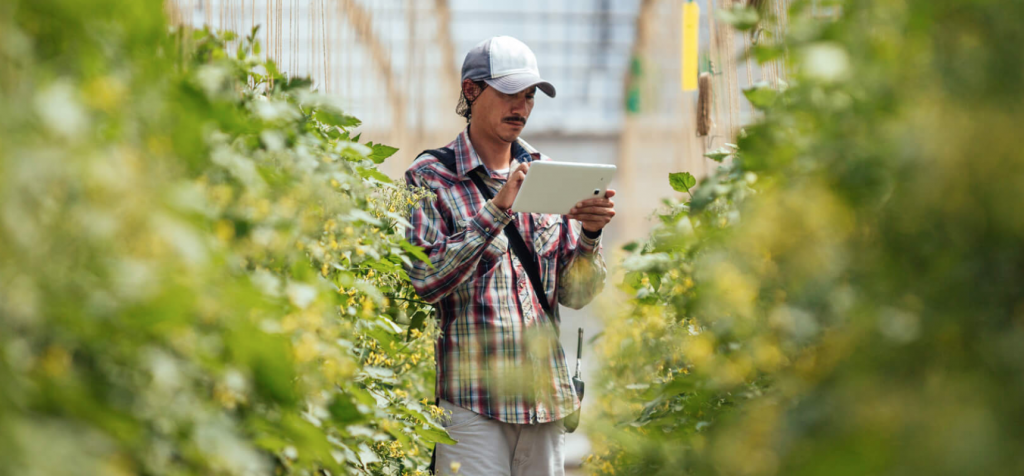
Prospera, an AI agriculture company, helps farmers optimize crop production in the fields and in greenhouses by visually measuring everything from heat and moisture to soil. (Source: Prospera.ag)
Mature AI Area Appears to Be on Brink of Financial Explosion
Of all areas of AI advances, from natural language algorithms like GPT3 to stock trading systems to facial recognition, one segment has reached a pinnacle of interest that is making investors ready to jump on board for the future–AI that automates sight.
According to a recent column by Rob Toews on forbes.com, the segment of the market is expected to raise over a billion for each “unicorn” IPO in the near future. For instance, Mobileye, design to enable autonomous cars to “see,” was sold for $15.8 billion in 2018 to Intel.
“Today, computer vision is finding applications across every sector of the economy,” Toews writes. “From agriculture to retail, from insurance to construction, entrepreneurs are applying computer vision to a wide range of industry-specific use cases with compelling economic upside.”
Agriculture
Food production will improve and aerial imagery collected via satellites, drones or planes, will help growers increase their yields. Everything from using fertilizer and irrigation better, improving pest control and identifying pipe leaks will boost production. Toews identifies four companies to watch: Ceres Imaging, Prospera, Sentera and Hummingbird Technologies.
Retail
Checkout-free shopping, in which shoppers are able to enter, pick up the items they want to purchase, walk out, and receive an automated receipt for their visit without waiting in line, will be the holy grail of an area that has been struggling for years. Standard Cognition, Grabango, Trigo Vision, Zippin and AiFi are among the start-ups entering this segment.
Insurance
Computers that can visually assess damages and accurately price and underwrite policies will help streamline the industry. Cape Analytics and Betterview are two startups applying computer vision to property insurance with geospatial data and the ability to analyze buildings and locations. Tractable, a London-based company, uses computer vision for instant damage estimates after car accidents and natural disasters.
Construction
Cutting costs and accurately estimating costs in construction can be achieved with AI finesse. Here’s one example of how AI could improve the notoriously backward industry:
“TraceAir uses drones to collect aerial imagery of construction sites, enabling supervisors to remotely monitor projects and track progress over time. Disperse applies computer vision to build interactive ‘digital twins’ of in-progress construction sites. ‘1build’ automates cost estimation in construction by applying computer vision to read floor-plan drawings, material schedules and architectural details on blueprints.”
Security
Visual monitoring is the key to the success of security.
“Verkada offers an AI-enabled security system for commercial properties using hardware sensors, computer vision algorithms and an integrated software platform. The company was valued at $1.6 billion last year, making it one of the few computer vision startups to have already achieved unicorn status.”
Toews notes that regulations are needed to keep some of the systems from invading privacy and to be used responsibly, especially in a country like China where it’s deployed to oppress ethnic groups. But the majority of the vision-based systems offer tremendous potential for improvement in all other areas mentioned.
read more at forbes.com

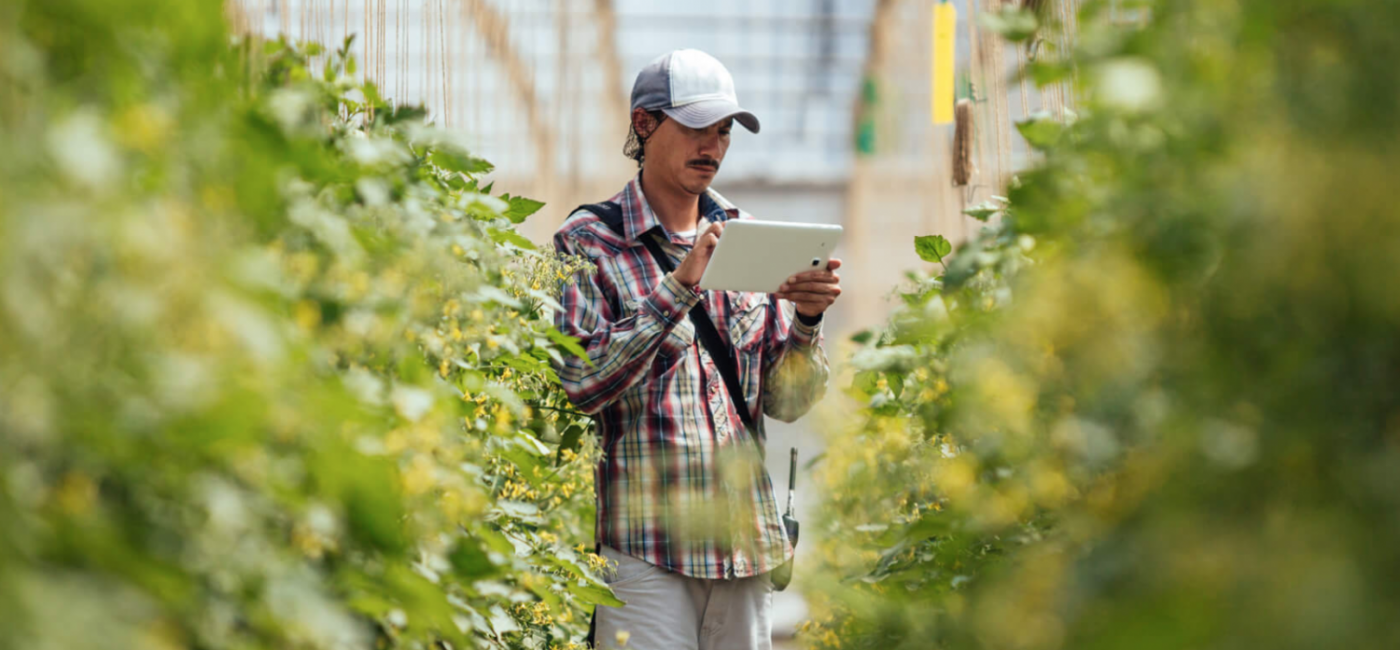


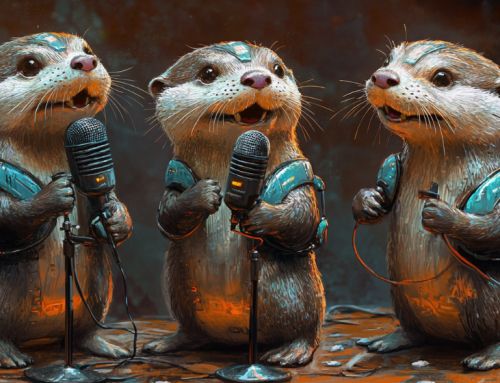
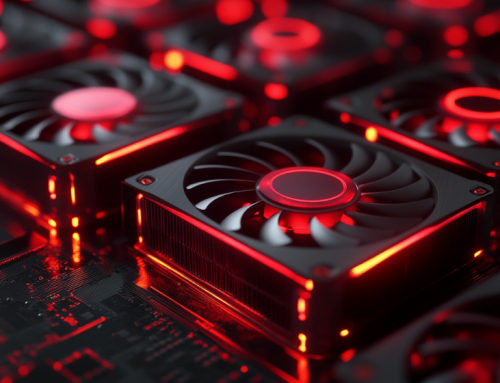
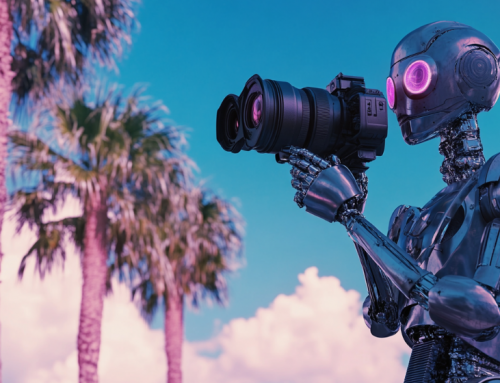

Leave A Comment